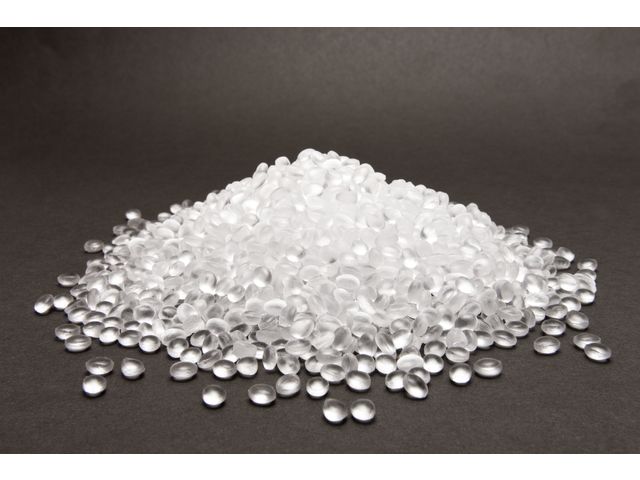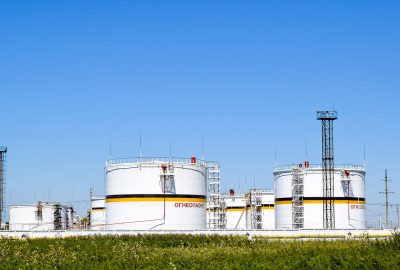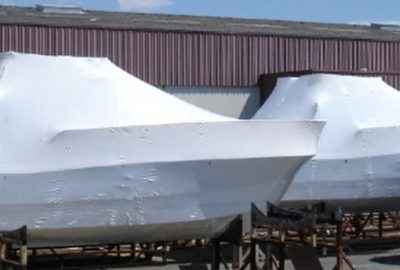An essential raw material in many fields, the polypropylene market has been greatly impacted by the covid crisis. A Databridge study explores all the consequences and proposes solutions.
The uses of polypropylene
Polypropylene is a universal, durable and safe material. He is involved in many areas including:
- car industry production of body parts, bumpers, mirror elements and cockpit trim
- textile industry synthetic fibers for fabrics, carpets and rugs
- Packaging for the food industry: bottles, cans, and various types of containers.
- manufacturing of everyday objects: Household items, kitchen accessories, toys, pools and small ponds, etc.
- chemical and pharmaceutical industry medical accessories, diagnostic equipment, laboratory containers, filters and syringes;
- logistics: pipes and ducts for the transport of water and chemically aggressive fluids, pallets, transport articles, industrial boxes;
- containers: buckets, small tanks, suitcases, small silos for domestic use
- furniture and construction industry manufacturing of furniture and furniture accessories, insulation of building structures, bathroom accessories, cables for central heating and gas installations, etc.
- skrinking with heat gun.
Far from being anecdotal, shrinking intervenes in many areas of activity. The use of reduced and hardened polypropylene with a professional heat gun makes it possible to protect goods, to condition them and to insulate building sites.
Heat shrinking is used in particular for:
- packaging: pallets, transport of large objects (furniture, aircraft engines or propellers, etc.);
- wintering of boats ;
- insulation of a building under construction, with the possibility of creating zones and locks;
- storage in warehouses, etc.
Polypropylene is essential for all these activities. It is easy to handle, then when it is in place, the use of the professional heat gun gives it rigidity to form a protective shell.
The polypropylene market is facing the covid-19 crisis.
The market for polypropylene compounds is expected to grow at a combined annual growth rate of 7.53% over the next decade. A market study published by Databridge on the polypropylene compounds market provides an analysis and overview of the different factors that influence the market. It takes into account the impact of covid, in order to provide more accurate market forecasts.
The global market for polypropylene compounds is segmented on the basis of product, component, and manufacturing type. Regarding supply, the polypropylene compounds market is broken down into solutions and services. Regarding components, the market is divided into security and surveillance, asset management, sales and advertising, and other. On the other hand, depending on the end user sector, the market can be divided into residential and non-residential.
The pandemic crisis upheavled the global polypropylene market in 2021. The emergency state was declared on a planetary level, with more or less strict confinements. This large-scale destabilization has caused volatility in the stock markets and great uncertainty about the future.
The consequences were experienced differently depending on the use that different industries had of them. The increase in tariffs, as well as supply difficulties, have disrupted production lines and led to technical unemployment in some sectors of activity.
The report published by Databridge allows polypropylene users to find solutions to mitigate the consequences of the crisis.








